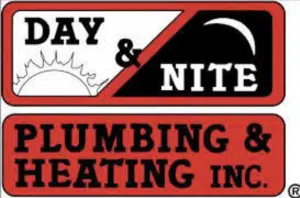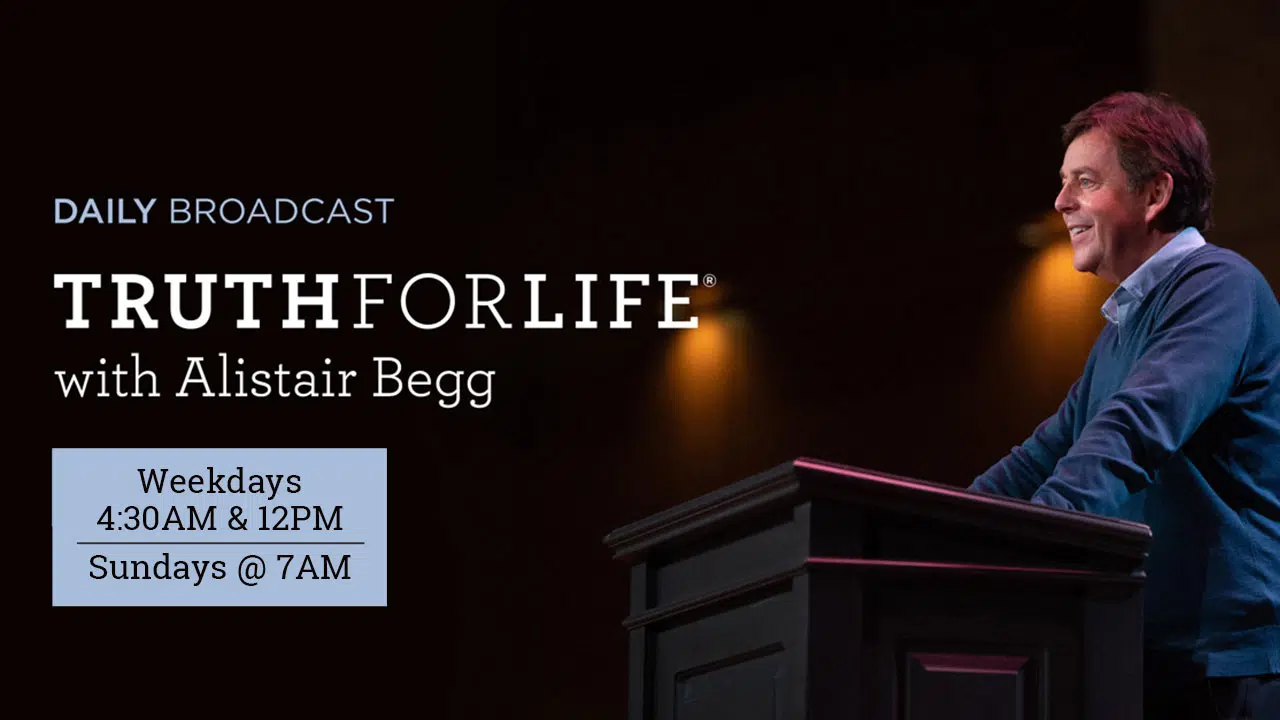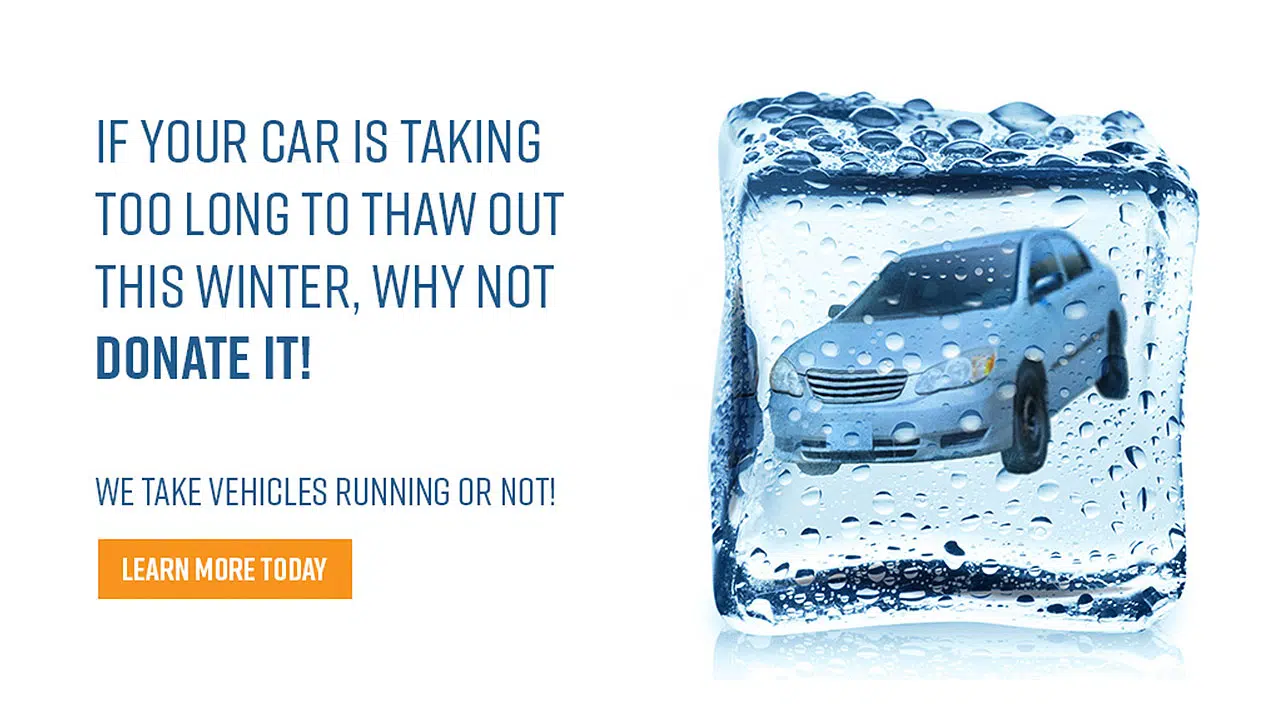Here in the Pacific Northwest we don’t endure months of frigid weather. Instead, we get a cold snap or two during the winter months. But these comparatively “mild” stretches can still wreak havoc on our plumbing and heating systems. When temps dip below freezing at night, we usually do okay in the Puget Sound. But when it gets below freezing day and night, especially for several days in a row, our plumbing and heating systems are pushed beyond what they are used to.
Here’s what you need to know to keep your home, family, and comfort systems safe.
Install Carbon Monoxide Detectors in the Proper Areas
More than 4 adults per week die in the U.S. from heating devices failing or working poorly. More than 13 people die per week from all the different kinds of portable sources of carbon monoxide. It is a very real and present problem in our homes and businesses.
If you own a heating system that uses a fossil fuel, (natural gas, propane, kerosene space heaters, wood stoves, fireplaces, pellet stoves etc.) be sure you have carbon monoxide detectors in place that are in good working order. The instructions on the CO equipment packages recommend a multitude of detectors be installed, but we recommend CO detectors be placed at least…
- In the area/room of the heating equipment/device
- In all the sleeping areas
- In the garage if not covered by the above already
- And, at least one per floor in a central area for that floor
Clean or Replace Furnace Filters
Make sure your furnace filter is clean. Weather that is windy and/or below freezing day and night will tax it badly enough; don’t make it worse. Every winter we see several units a month that fail due to a clogged furnace filter.
Don’t Turn Down the Thermostat
Unoccupied rooms should not have their heat/temperatures turned way down. A few degrees down is okay, but during very cold weather do not have the temperature swing from the high to the low by more than 5 or 6 degrees. It takes lots of energy to heat up a real cold house (65 degrees or lower) when it’s below freezing outside, and keep the heat on helps to avoid over-taxing your heating system with wild temperature swings. This warmth also helps to insulate your pipes. You should also open any cabinets under sinks that are on outside walls to keep the under-sink plumbing from freezing.
Know the Location of Main Water Shut-Offs
Make sure that you know where the main water shut-off is and make sure your family knows how to shut it off. If you get a frozen pipe shut off all the water. Do not leave the water on to a home that has any frozen pipes, because if and when the pipes thaw, they will most likely be broken where they were frozen and they can flood everything. We have frequently seen people have one or two pipes freeze and they just ignore it until things warm up thinking that all will be well. It may not be and there is no way to predict what will or will not break. There is an urban legend that the new PEX (Cross-linked polyethylene) piping will not break when it’s been frozen, but that is not always true. We have seen PEX piping fail when frozen and the resulting damage was extensive.
Disconnect Hoses and Hose Bibbs
Make sure all outside hoses are disconnected so water will drain away from the hose faucet (hose bibb) and not freeze it. Newer homes use the ‘frost-free’ style, so if your hose is disconnected it can’t freeze. If your house is over 15 years old you may need to cover the hose faucet with a Styrofoam cover to keep it from freezing.
Prep Utility Rooms and Garages
Non-heated rooms and areas (like a garage or back porch) that have plumbing in them (water heaters, laundry) must be kept above freezing, or the plumbing needs to be heat-taped and insulated; not only insulated. Just insulating pipes alone will not always protect the pipes from freezing. They need heat-tape too.
And remember, wet insulation will not insulate, so if the pipes are exposed to wind and weather wrap them up to keep the insulated pipes dry. Good-quality heat lamps can work well for situations like washing machines in garages, but extreme care must be taken to apply them safely in all aspects to protect from fire hazards.
Prep Attic/Crawl Space Vents
Any crawlspace and attic vents that might allow cold sub-freezing winds to blow onto the pipes should be temporarily blocked off during the freeze. However, do not completely close off all ventilation to the areas; just the vents that will let wind blow onto pipes and freeze them. It’s good to heat-tape and insulate those pipes too.
Leave the Water Running
If you have no other options on a section of pipe or part of a system that cannot be accessed (like in an outside wall or attic):
- Let a little water trickle on a faucet that is on an outside wall if you know it might freeze and you can’t protect the pipes. ‘A little’ water on a faucet is a small, tiny stream of water that flows smooth and doesn’t break into drips. On a toilet, you can set the flapper to cause the water to run every few minutes.
- Moving water won’t freeze as easily, but do not leave running water unattended; a clogged drain will cause flood damage too!
And again, never, EVER leave a home overnight or unattended during the day that has any frozen pipes in it without shutting off the main water shut-off.
I hope you’ll be playing in your garden before too long! But until then, I suggest that you read these tips and share them with your family. They’re just like insurance. You hope you’ll never have to use them, but they sure are nice to have on hand. If you do have a plumbing or heating emergency this season, Day & Nite Plumbing & Heating is ready to help. Call us at 425-775-6464 or request a service appointment online!
by Bruce Davis, Sr.
President, Director of Education and Learning, Sales Manager, Licensed Journeyman Plumber, Licensed Electrician,
HVAC/R Electrical Administrator, HVAC/R, Certified WA State C.E.U. Instructor
 Since 1954, Day & Nite Plumbing & Heating, a family owned and operated company, has been meeting the plumbing, heating, and air-conditioning needs of homeowners and businesses in Seattle and the surrounding areas. Whether you have a plumbing emergency, or you need a heating and cooling home comfort system, “Do it Right! Call them anytime “Day or Nite”. Be sure to browse here for in-depth answers to homeowner’s top plumbing and heating questions, or send your own questions directly to the experts.
Since 1954, Day & Nite Plumbing & Heating, a family owned and operated company, has been meeting the plumbing, heating, and air-conditioning needs of homeowners and businesses in Seattle and the surrounding areas. Whether you have a plumbing emergency, or you need a heating and cooling home comfort system, “Do it Right! Call them anytime “Day or Nite”. Be sure to browse here for in-depth answers to homeowner’s top plumbing and heating questions, or send your own questions directly to the experts.











